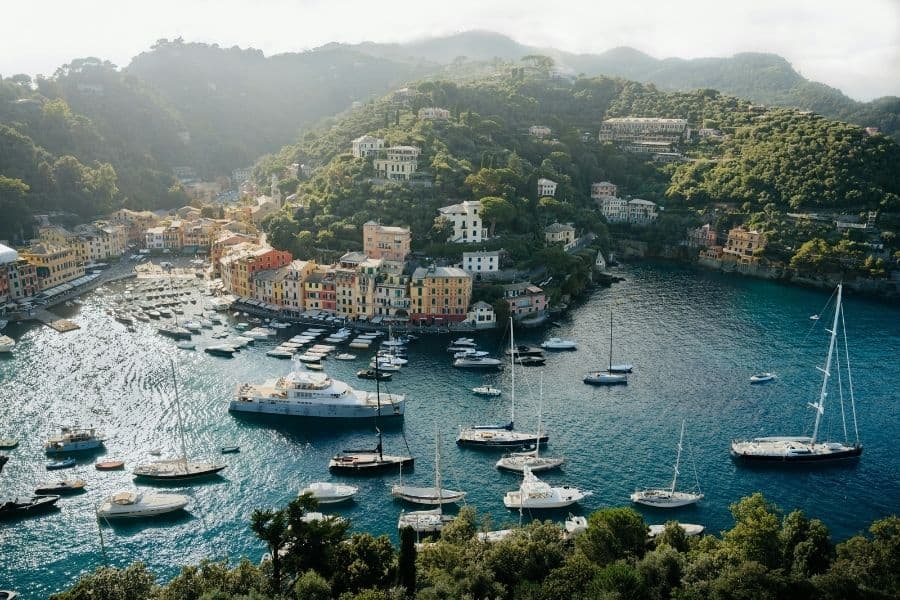Liguria Region is an administrative and legislative entity that has responsibilities and competences in the field of energy; in particulary, Liguria’s Energy Division:
- draft and implement the Regional Environmental Energy Plan (PEAR), which integrates the region’s H&C strategy;
- is responsible for all ROP 2021-27 calls on increasing buildings and industry’s energy efficiency;
- has extensive experience and technical capacities on conducting energy performance assessments and has supported the local setup of RES energy communities.
Liguria Region, not only participate in the project as a crucial institution that could help disseminate all the project result, but also, will lead the second WP.
Liguria occupies a narrow arc of mountainous land in the coastal area of northern Italy, bordered to the south by the Ligurian Sea and to the north by the mountains that mark the meeting between the Alps and the Apennines. From west to east it extends from the Municipality of Ventimiglia, located on the border with France, to Sarzana, the last Ligurian municipality before Tuscany.
As of December 31, 2020, the resident population in Liguria is equal to 1,518,495 units, the territorial distribution highlights a substantial imbalance between the coastal area, where the highest population density values are found, and the inland areas.
The Ligurian production structure consists of just under 130,000 companies. It is characterized by a strong prevalence of service companies compared to industrial ones, as well as – in line with the rest of the country – by the prevalence of individually/family-run businesses.
Talking about the number of employees and turnover, the “micro” type of business prevails, which constitutes approximately 96% of the companies operating in the construction and trade sectors and which settles on an average value of 85% for the other sectors. Furthermore, the characteristic sectors of the Ligurian fabric are the shipbuilding and port sector and ICT/telecommunications companies.
With reference to the energy situation of the region, in 2020 the final consumption situation saw final energy consumption equal to 2,372 ktep; distributed as follows:
– civil sector – 53% of final energy consumption (1,262 ktep);
– transport – 34% (816 ktep);
– industry – 12% (274 ktep);
– agriculture and fishing – approximately 1% (21 ktep).
The source that has the greatest impact on final consumption is natural gas with approximately 34.7%, followed by diesel (21.5%), electricity (20.3%), petrol (8.3%) and renewable energy (7.4%).
With the big help of its two observers ANCI Liguria (the regional Association of Municipalities, representing the 234 Ligurian Municipalities) and The University of Genoa, and all the stakeholders that Liguria Region, as a regional body, has the capability to involve, the ALPHA approach will have a much bigger chance to be replicate and scale-up in the Ligurian territory.
Pic by Peter Thomas (Unsplash)



